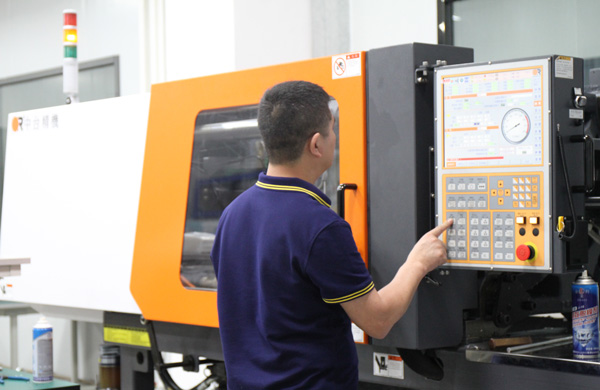In the field of injection molding production, the occasional occurrence of slowdowns undoubtedly poses a significant bottleneck to efficiency enhancement and cost control. It not only directly prolongs production cycles but may also lead to increased overall production costs if not addressed promptly. Therefore, delving into the root causes of injection molding production slowdowns and proposing effective solutions are of paramount importance for ensuring production efficiency and optimizing cost structures. Below, we will explore in detail the factors that may contribute to slowdowns in injection molding production, along with corresponding solutions, focusing on the core aspect of plastic molding processing.

Factors Contributing to Slowdowns in Plastic Molding Processing and Countermeasures
Excessive Melt Temperature of Plastic
Problem Description: Excessively high melt temperatures can extend the cooling time of products, thereby affecting the production pace.
Solution: Precisely adjust the barrel temperature, appropriately lower the set value; simultaneously, reduce screw speed or back pressure to ensure efficient molding of plastic at an appropriate temperature. Furthermore, finely adjust the temperature of each barrel section to achieve uniform temperature distribution.
High Injection Mold Temperature
Problem Description: High mold temperatures can hinder the rapid cooling and solidification of molten plastic, leading to product sticking or clamping in the mold, causing machine stoppages.
Solution: Strengthen the mold's water cooling system by increasing cooling water flow or optimizing the cooling layout to effectively reduce mold temperature and ensure smooth product ejection.
Unstable Molding Time
Solution: Introduce automatic or semi-automatic operations to achieve consistency in the molding process by precisely controlling key time points such as injection, holding pressure, and cooling, reducing fluctuations caused by human factors.
Insufficient Heat Supply in the Injection Molding Machine Barrel
Solution: Facing insufficient heat supply issues, consider replacing the injection molding machine with one that has stronger plasticizing capability or preheat the raw materials to improve plastic melting efficiency.
Optimization of Production Process Conditions
Solution: Finely adjust key parameters such as oil pressure, oil volume, and clamping force of the injection molding machine to ensure all components work together in optimal condition, thereby enhancing overall production efficiency.
Drooling from the Injection Molding Machine Nozzle
Solution: Precisely control the temperature of the barrel and nozzle to prevent plastic from melting and flowing out too early. If necessary, replace with a self-locking nozzle to effectively prevent drooling.
Unreasonable Wall Thickness Design of Plastic Parts
Problem Description: Excessive wall thickness not only increases cooling time but may also lead to internal stress concentration in the product, affecting quality.
Solution: Optimize the injection mold design to minimize areas with uneven wall thickness. Through reasonable wall thickness distribution, both product performance and production cycle can be improved.
In summary, addressing slowdowns in injection molding production requires a multi-dimensional approach, leveraging meticulous management and technological innovation to continuously optimize production processes. This will effectively enhance production efficiency, reduce production costs, and create greater value for enterprises.